Razer Iskur V2 review: sleek design and superior support
One-minute review
The Razer Iskur V2 is an excellent seat, with many compelling features that put it right up there with some of the best gaming chairs and most comfortable gaming chairs today. Its flagship innovation is its 6D lumbar support, offering six directions of adjustment which the manufacturer claims is a world first.
This is effectively an in-built lumbar pillow, with an adjustable height and depth that can be easily tweaked via knobs on each side of the backrest. It’s a similar system to that found with the Secretlab Titan Evo 2022 and the original Razer Iskur model but has the unique ability to swivel and pivot alongside your body rather than just being a static part of the chair.
If you’re like me and frequently shift around while you sit, the additional comfort that this brings will be immediately noticeable. The 6D lumbar support system keeps the lumbar pillow pressed up against your back as you lean, ensuring that you always maintain the correct posture. The feeling definitely took some getting used to at first and might be a poor fit for those who prefer a more relaxed sitting position, but I found that it offered some of the best support that I have ever experienced in a chair at this price.
The 4D armrests are also a standout inclusion. They’re constructed with plenty of durable metal elements and feel completely stable and solid while still offering all of the adjustability that you could feasibly need. That’s not to say that the rest of the chair isn’t uniformly high-quality though. I tested the stylish Black / Green colorway and the upholstery was flawless across the board. The casters are also superb, as is the thick metal chair base.
My only complaint is more of a nit-pick than anything else and relates to the included head pillow. It’s a nice bonus and is very comfortable and soft, but I found that it was quite difficult to keep attached to the chair. It uses a rather unwieldy strap which, despite my best efforts, sometimes allowed it to slide right off the top of the backrest and onto the floor.
This is not a complete dealbreaker of course, as many prefer to avoid head pillows entirely, but it is the one area where the Secretlab Titan Evo 2022 takes a clear lead. That chair’s magnetic neck pillow is simply better and would make it my choice if you know that you really need one.
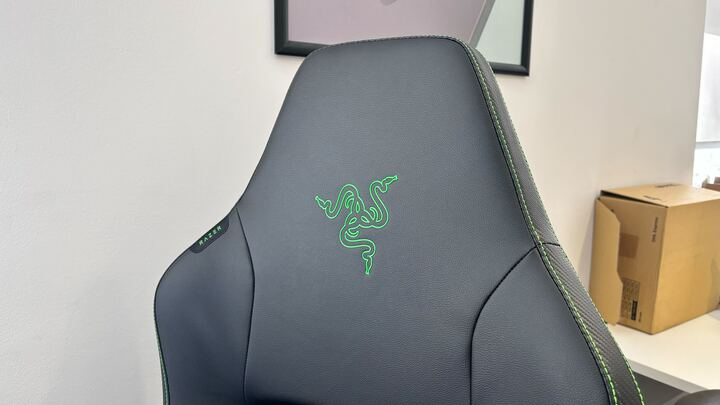
Price and availability
- $649.99 / £599.99
- Available via Razer and Amazon
- EPU leather and fabric options
The Razer Iskur V2 costs $649.99 / £599.99. This is about $130 / £185 more than the Secretlab Titan Evo 2022, which is going to be its biggest competition in this price range. Although I think the build quality and features of the Razer Iskur V2 are great even when factoring in the cost, the question of which you should choose is going to come down to your usage habits.
If you often use a dedicated lumbar pillow, the Razer Iskur V2 is the clear winner. A lumbar pillow is not included with the Secretlab Titan Evo 2022 and the Secretlab Lumbar Pillow Pro is sold separately for $79 / £69, taking a decent chunk out of that price difference. I also found the 6D lumbar support system to be superior to a conventional pillow, which definitely justifies the added expense.
The Razer Iskur V2 comes in two finishes: EPU leather and fabric. EPU leather is available in both a striking Black / Green and a more plain Black, while the fabric only comes in a dark gray. All of these options should pair nicely with many of the best gaming desks, which tend to come in darker colors.
Specs
Design and aesthetics
- Very attractive design
- Lovely EPU leather finish
- Feature-rich 6D lumbar support system
The Razer Iskur V2 follows quite a conventional gaming chair design, with that recognizable racing seat look. Although it's nothing revolutionary, the overall aesthetic is elevated by some excellent little details. My Black / Green model features some bright green stitching which adds some pleasant contrast to the chair’s silhouette. There’s also quite a subtle carbon-fiber-like texture on its trim, adding another visual element to keep things interesting.
It's a little different on the seat itself, though, which has an almost scaly look. This extends to the 6D lumbar support system, which sits at the bottom of the backrest where you would normally position a traditional lumbar pillow.
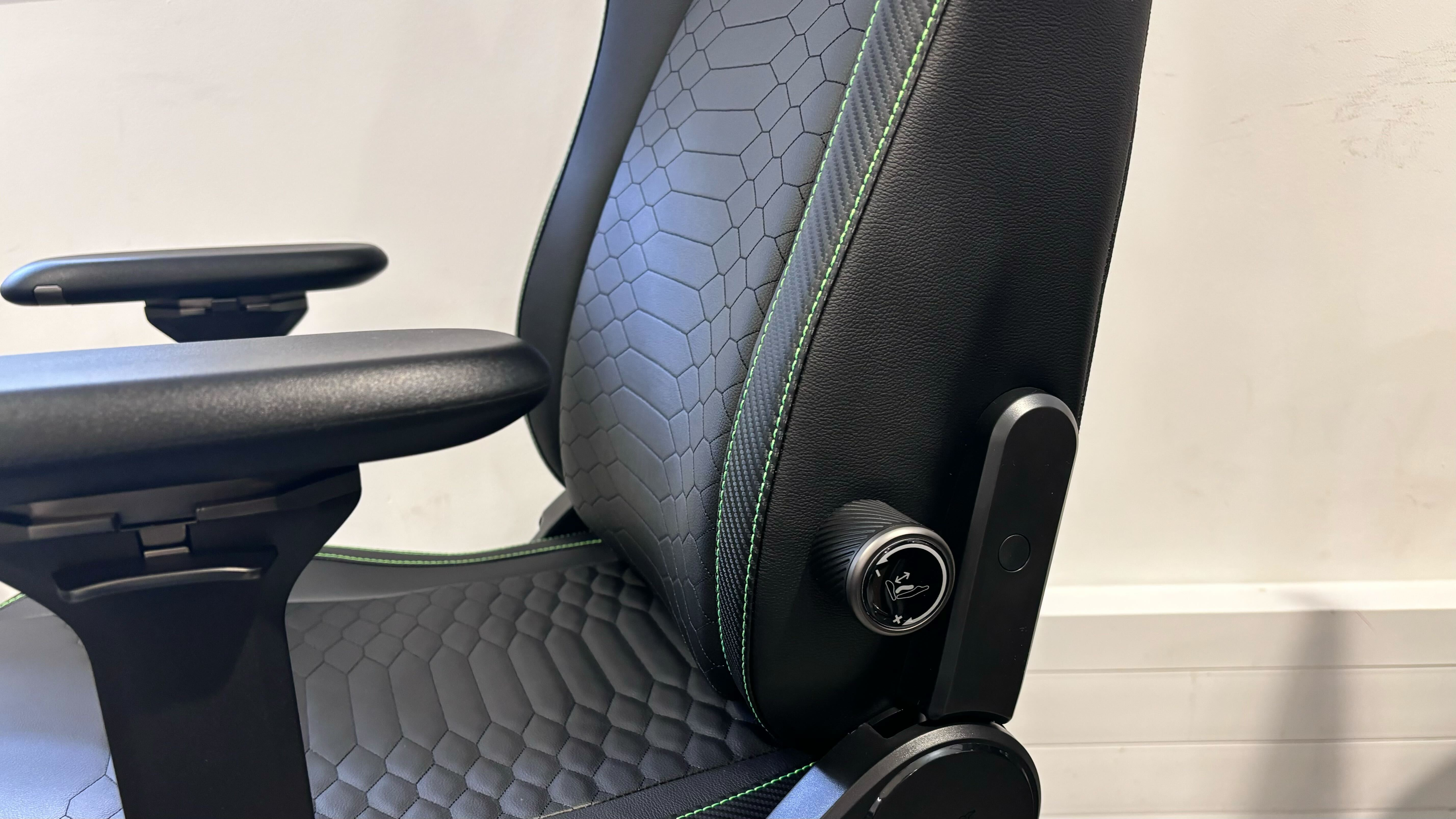
On the right-hand side of the backrest, you’ll find an adjustment knob, which increases or decreases the depth of the 6D lumbar support system. It offers a fantastic range of adjustability, increasing the support system’s curvature by quite a large degree. As someone who has always preferred quite a firm lumbar pillow, I was able to find the absolutely perfect setting in a matter of minutes. There is an adjustment knob on the other side of the backrest too, designed to raise or lower the 6D lumbar support system. The effects of this knob are much less pronounced, but it does let you raise or lower its position on your back by a few centimeters.
The armrests are generously sized and topped with quite a soft rubber material. Plenty of metal is used across the chair’s construction, from the armrests to the chair base, and everything feels impressively durable.
While the 6D lumbar support is built-in to the chair and can't be removed, a separate head pillow is included in the box. It’s very soft with a plush exterior and an adjustable strap that attaches it to the top of the backrest.
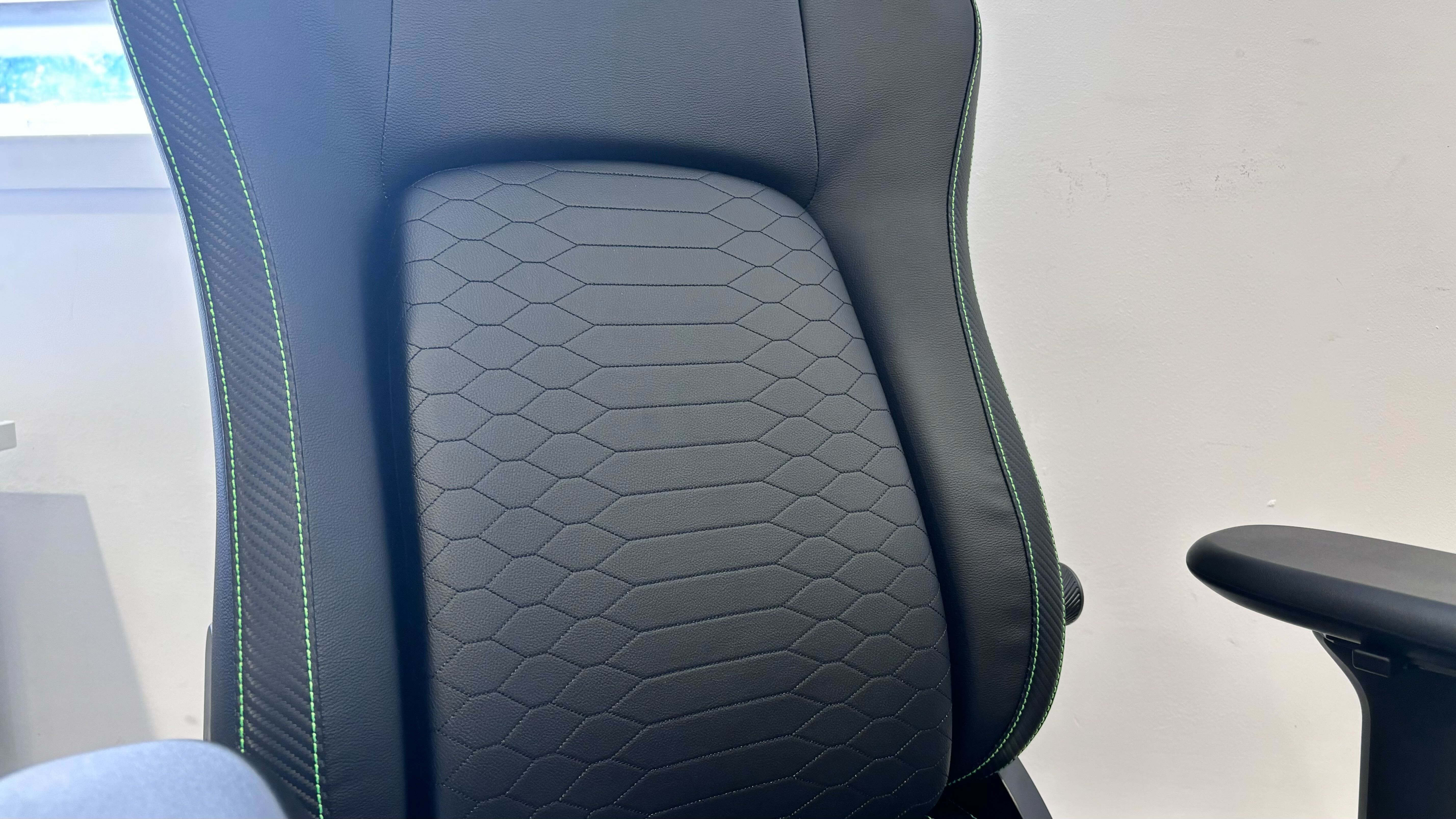
Comfort and adjustability
- Very spacious
- Brilliant levels of comfort
- Head pillow is a bit annoying
The Razer Iskur V2 is fantastic in terms of comfort. It has a generously sized seat, with much more space than the Secretlab Titan Evo 2022 but doesn’t feel overly large. The same is true of the backrest, which I found almost perfectly followed the overall curve of my back and shoulders without ever seeming too tight or cramped. The 6D lumbar support system is seriously comfortable, especially after you spend a few moments finding your ideal settings. I sat on the chair for hours at a time throughout my testing period and never found it to cause any kind of stiffness or discomfort.
The included headrest is also pleasant but, unfortunately, no matter how much I tightened the strap I found that it would end up all over the place. It would loosen itself and slide further down my back over the course of a few hours or even end up on the floor as I repositioned my shoulders to sit upright. It’s a bit of a shame, as this one setback stops the Razer Iskur V2 from offering a simply perfect level of comfort.
When it comes to adjustability, you have the option to tweak the depth and position of the 6D lumbar support system on top of everything that you would expect from a premium gaming chair. This includes gas lift height adjustment up to 90mm, a backrest recline up to 152 degrees (which can be locked at your desired angle), the ability to enable a seat title and determine its tension, plus 4D armrests.
Each of these armrests is controlled via three buttons, one allows you to twist it or move it inwards and outwards, another lets you twist or move it from front to back, while the last lets you adjust its height. All of the adjustments are intuitive to use and detailed extensively on the Razer support website.
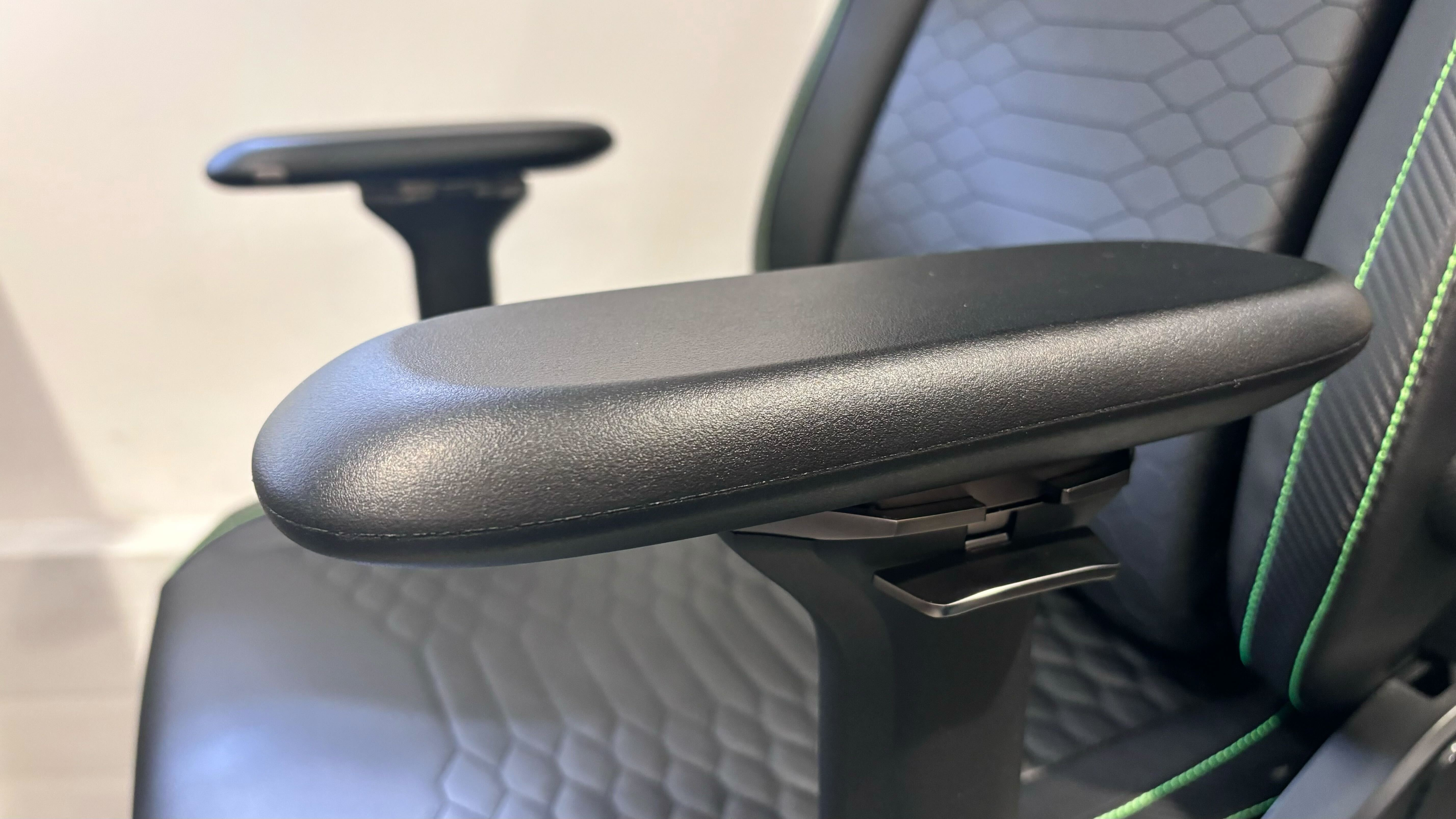
Assembly
The assembly of the Razer Iskur V2 is absolutely flawless and is easily among the smoothest that I’ve experienced with a gaming chair. All the required tools are included in the box, alongside a nifty pair of gloves to protect your hands. Every important screw is already in the right position when the chair arrives, making the process extremely straightforward. You simply have to take each set of screws out, slot the chair together, and then put them back in.
The armrests come pre-attached, though you might want to tweak their position out of the box, and an exceptionally clear instruction sheet is included too. The process took me just under 20 minutes and, while I am very experienced with putting chairs together, I would have no qualms recommending this to someone who has never built a gaming chair before.

Should I buy the Razer Iskur V2?
Buy it if...
You love lumbar support
The standout feature of the Razer Iskur V2 is its excellent 6D lumbar support system. It’s superior to a conventional lumbar pillow, offering greater comfort if you frequently shift around in your seat.
You want a great looking chair
The Razer Iskur V2 looks superb, with a sleek design that has plenty of subtle details to help set it out from the crowd. If you’re a fan of Razer’s aesthetic, this would be a great addition to your setup.
Don't buy it if...
You need a more secure head pillow
The head pillow can be a bit of an annoyance, especially if it comes loose while you’re playing. Consider something like the Secretlab Titan Evo 2022, which uses magnets in its pillow, if you’re a big head or neck pillow user.
Also consider...
If you’re not completely on board with the Razer Iskur V2, then these two alternatives are worth considering.
Secretlab Titan Evo 2022
The Secretlab Titan Evo 2022 is definitely the Razer Iskur V2’s biggest competition. It comes in cheaper and offers a similarly high quality build, though does not include any lumbar support out of the box.
For more information, check out our full Secretlab Titan Evo 2022 review
Razer Fujin Pro
If you’re after a Razer chair but have an even more generous budget, then the Razer Fujin Pro is the absolute cream of the crop. It’s highly adjustable and very comfortable.
For more information, check out our full Razer Fujin Pro review
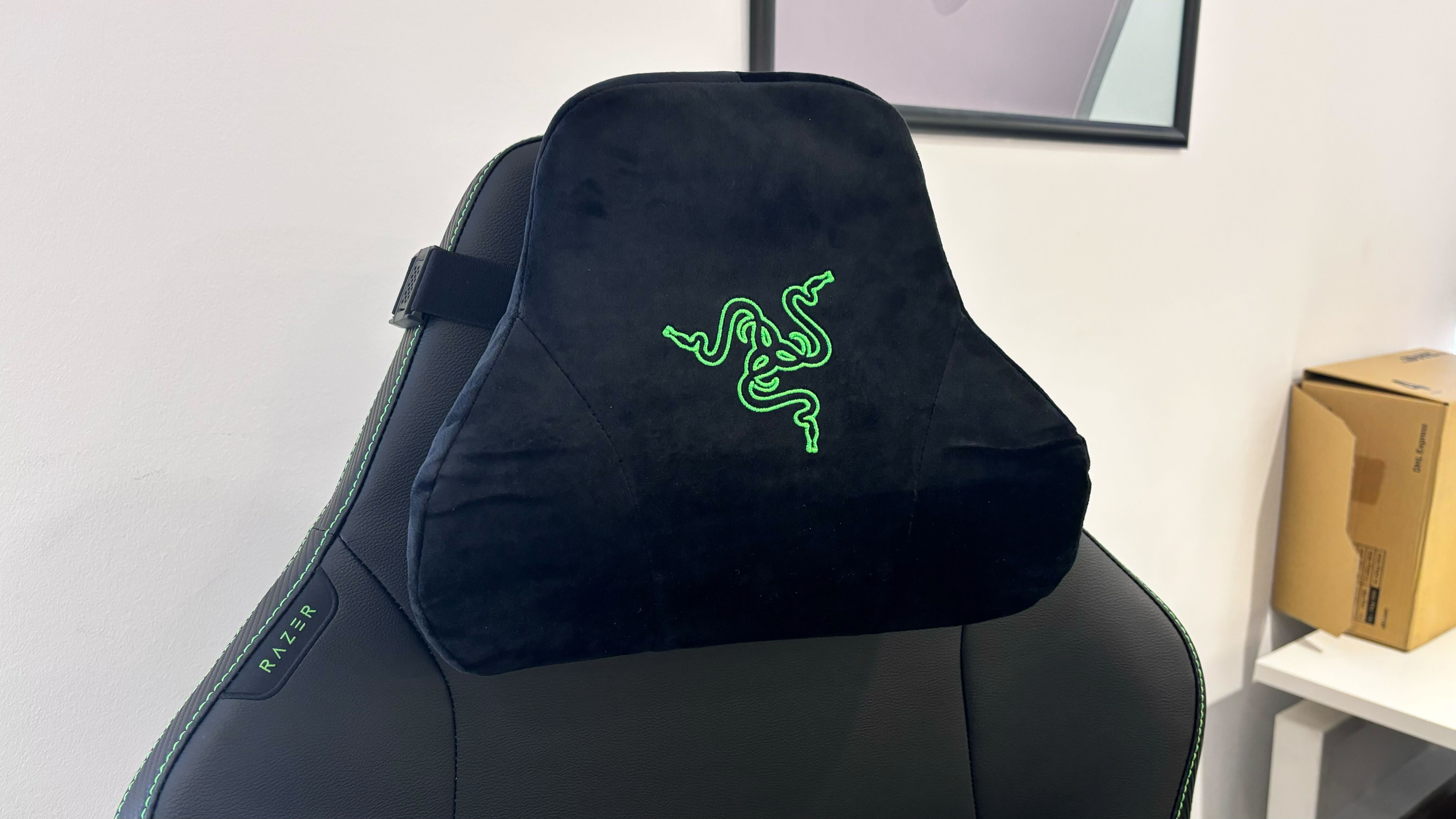
How I tested the Razer Iskur V2
- Tested for a month
- Used for work and gaming
- Compared against other gaming chairs
I tested the Razer Iskur V2 for over a month, using it every day in our London office. During that time I sat on the chair for extended periods and tested it with a mix of productivity tasks and gaming via cloud streaming services such as Amazon Luna.
In my time with the chair, I endeavored to test all of its available features and carefully compared the experience with my hands-on testing of other chair models including the Secretlab Titan Evo 2022, AndaSeat Phantom 3, Herman Miller Sayl, and more.
First reviewed October 2024.
0 comments:
Post a Comment